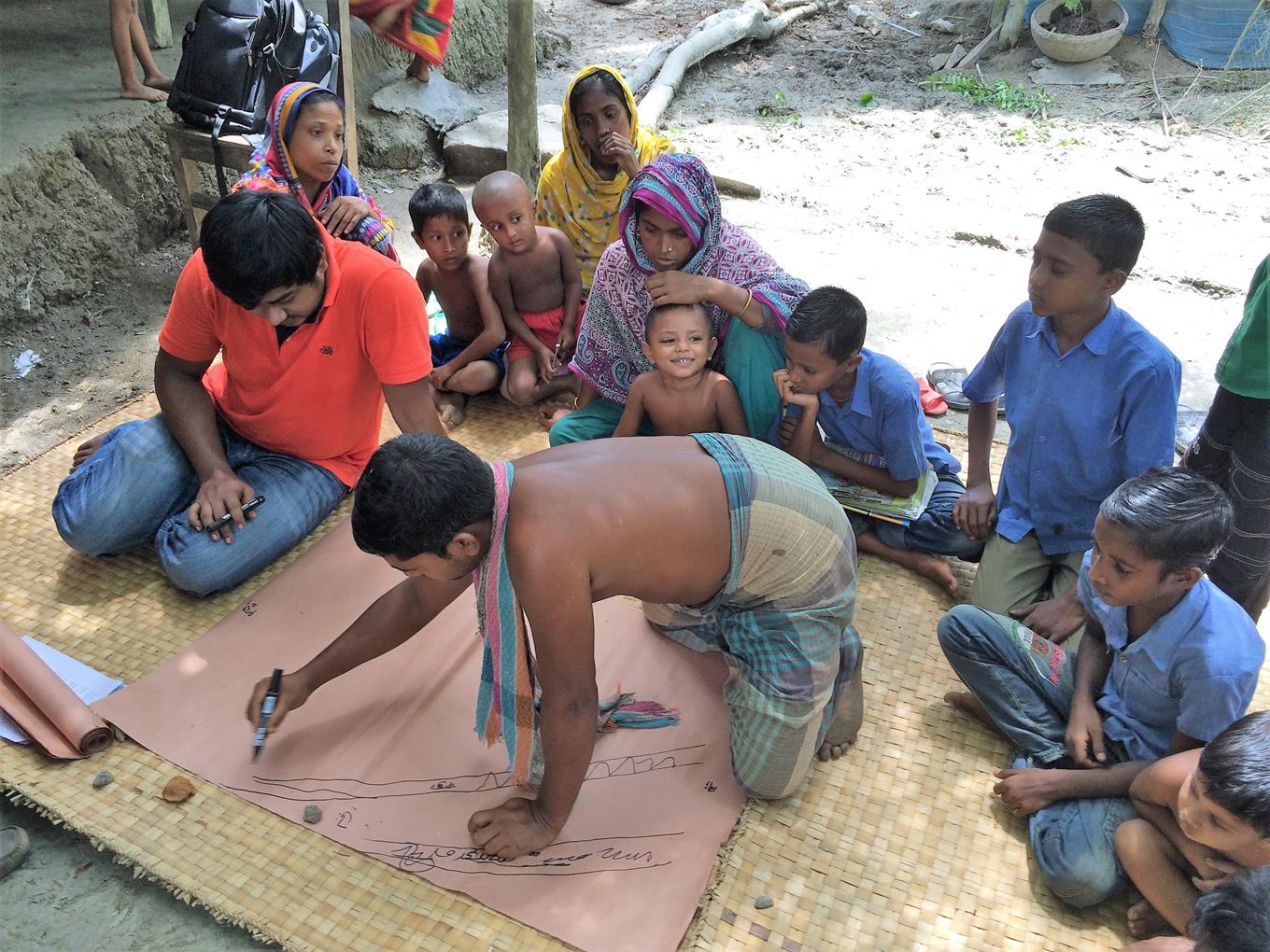Needs assessment
Method
A health needs assessment is a systematic way of identifying and ranking the unmet healthcare needs of a population. The aim of this assessment is to highlight priority areas which when addressed, will make the greatest impact towards improving health. This is useful for selecting issues to prioritise when working within tight timeframes and with limited resources. A needs assessment may have a specific focus on drowning. It can help in identifying priority groups to target with the greatest need for a specific drowning reduction intervention.
There are four main steps to conducting a needs assessment with a focus on drowning:
1. Determine a target population.
What will the scope of the needs assessment be? What geographical area will be assessed?
2. Collect relevant information.
Investigate which members of the population are most affected by drowning and what drowning-related risk factors they are exposed to. Investigate the populations understanding of drowning and approaches currently being taken to prevent drowning from occurring (if any).
There are a number of approaches to obtaining this data:
- Focus group discussions
- Key informant interviews
- Community meetings
- Surveys
- Analysis of secondary data
- A desk review can be performed to identify and summarise relevant academic and non-academic drowning-related information [including media reports and government reports]
- Internet searches and discussions with stakeholders will help identify agencies and organisations currently involved in drowning reduction. It may be beneficial to make contact with these bodies and request status reports on current interventions they are implementing
3. Identify what needs are being met and where gaps exist.
- Identify the primary drowning issues affecting the target population. Try to narrow this down to a top 3-5 priority issues.
- What existing evidence confirms that these issues are key contributors to drowning burden for the target population?
- Are current initiatives being implemented to address these priority drowning issues?
- Is any additional information required to gain a better understanding on the identified drowning issues in this setting? If yes, where can it be obtained from?
4. Rank the needs identified.
How prevalent are the identified drowning issues? What proportion of the target population is affected by them? Are certain members of the population affected more than others?
5. Investigate potential approaches to addressing the identified risk factors associated with drowning.
What are some possible interventions that could be implemented to effectively reduce the impact of these drowning issues?
Check how this information aligns with your previous assumptions on why drowning occurs and who it affects. Pay particular attention to unexpected findings. New partners and stakeholders may also have been identified through the needs assessment process.
Advantages
- May help identify unanticipated or unexpected drowning issues, providing an opportunity to select interventions that will be most effective in reducing drowning burden for the target population.
- Allows priorities for action to be identified.
- Justifies initiatives implemented as a result of the assessment.
- A method of involving more stakeholders in future work and raising awareness on drowning.
Disadvantages
- Can be time consuming to perform, particularly for a large population.
- What a population wants may not always align with identified priority areas – education to raise community awareness on drowning issues identified may be required.
- Stakeholders may not agree with the priority areas identified – if these do not align with existing stakeholder agendas, they may lose interest. It is important to negotiate this carefully.
Context
A needs assessment should be completed before planning the goals and objectives of a National Water Safety Plan. It will ensure the plan answers to the needs of the target population, providing maximum benefit for available resources.
Examples
Needs assessment survey template
Example of post-disaster social and mental health needs assessment (US): Coker, Ann L., et al. "Social and mental health needs assessment of Katrina evacuees." Disaster Management & Response 4.3 (2006): 88-94.
More information
Comprehensive needs assessment guide
World Health Organisation guide to performing a community health needs assessment
Step 1
Assess the situation
